Flux LoRA Image Generator
Flux LoRA is a method that improves AI image creation by enabling users to generate visuals in targeted styles. Now, you can try Flux LoRA AI for free here on Dzine.ai!
No idea? Try these inspirations.

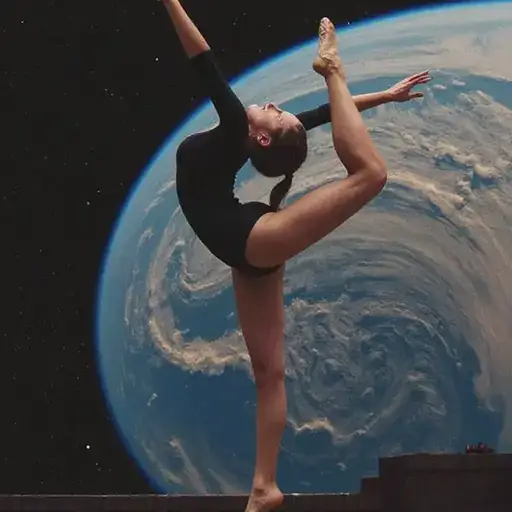
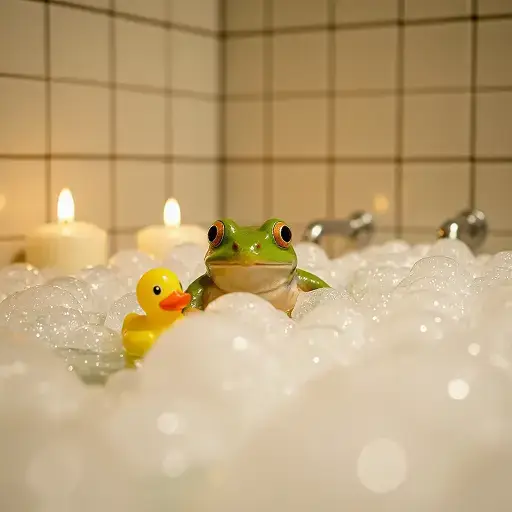
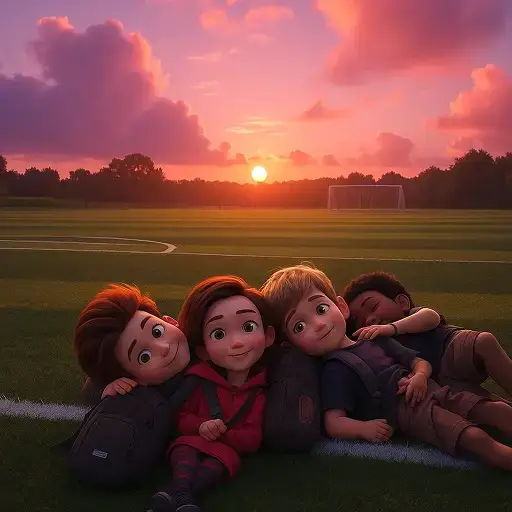
Convert Text to Image with LoRA AI Image Generator
Developed by Stability AI, Flux AI is renowned for its ability to generate highly detailed and realistic images. By integrating the LoRA model, users can enhance Flux's capabilities and tailor its output to specific needs.
It’s suitable for scenarios such as natural language processing and multimodal generation, Flux dev LoRA enables more agile model iteration, making it particularly suitable for teams requiring rapid deployment and resource optimization.
How to Use Flux LoRA Image Generator on Dzine AI?
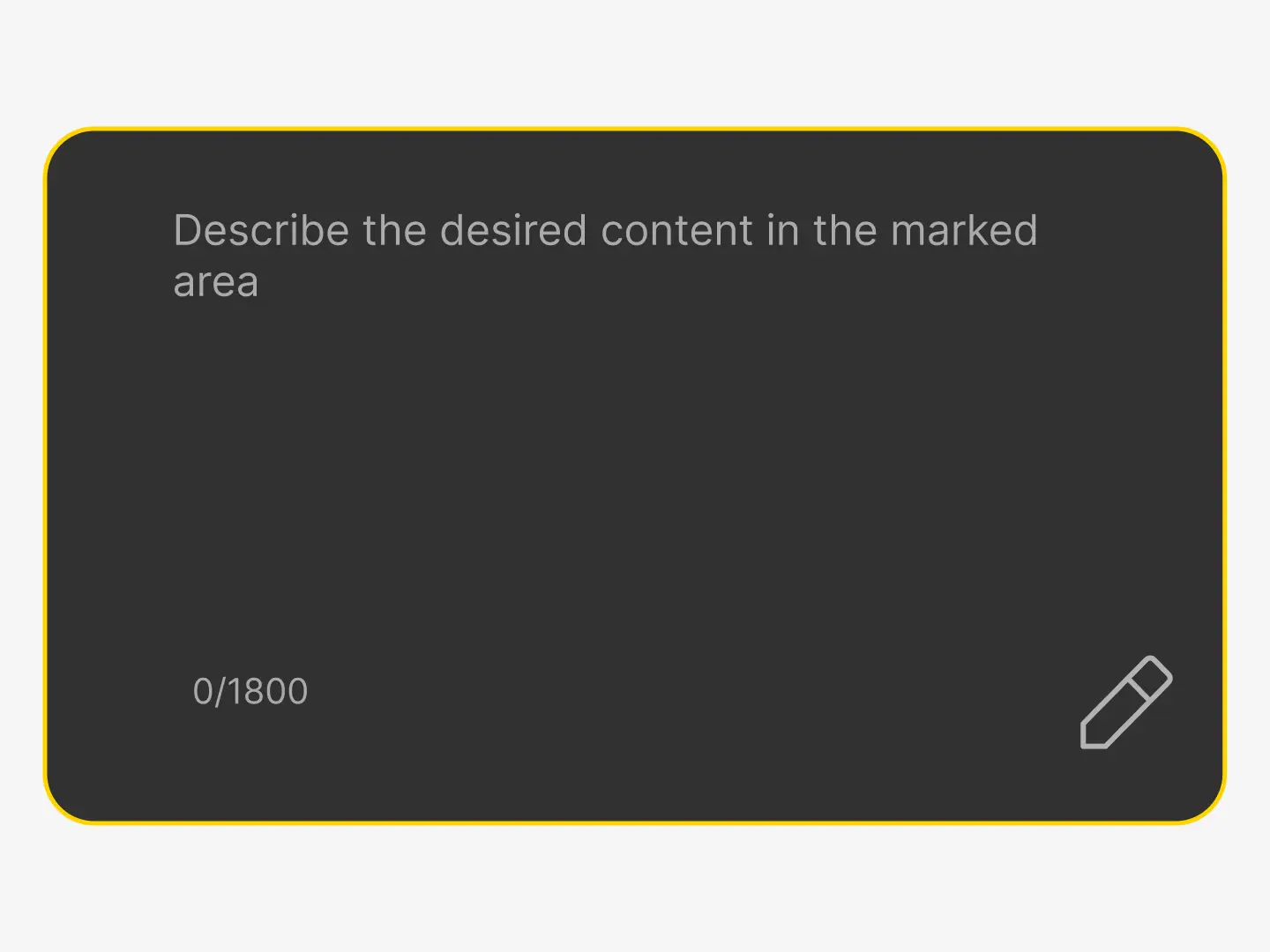
Enter Your Prompt
Launch Dzine text to image generator and enter your text prompt that describe both content and style.
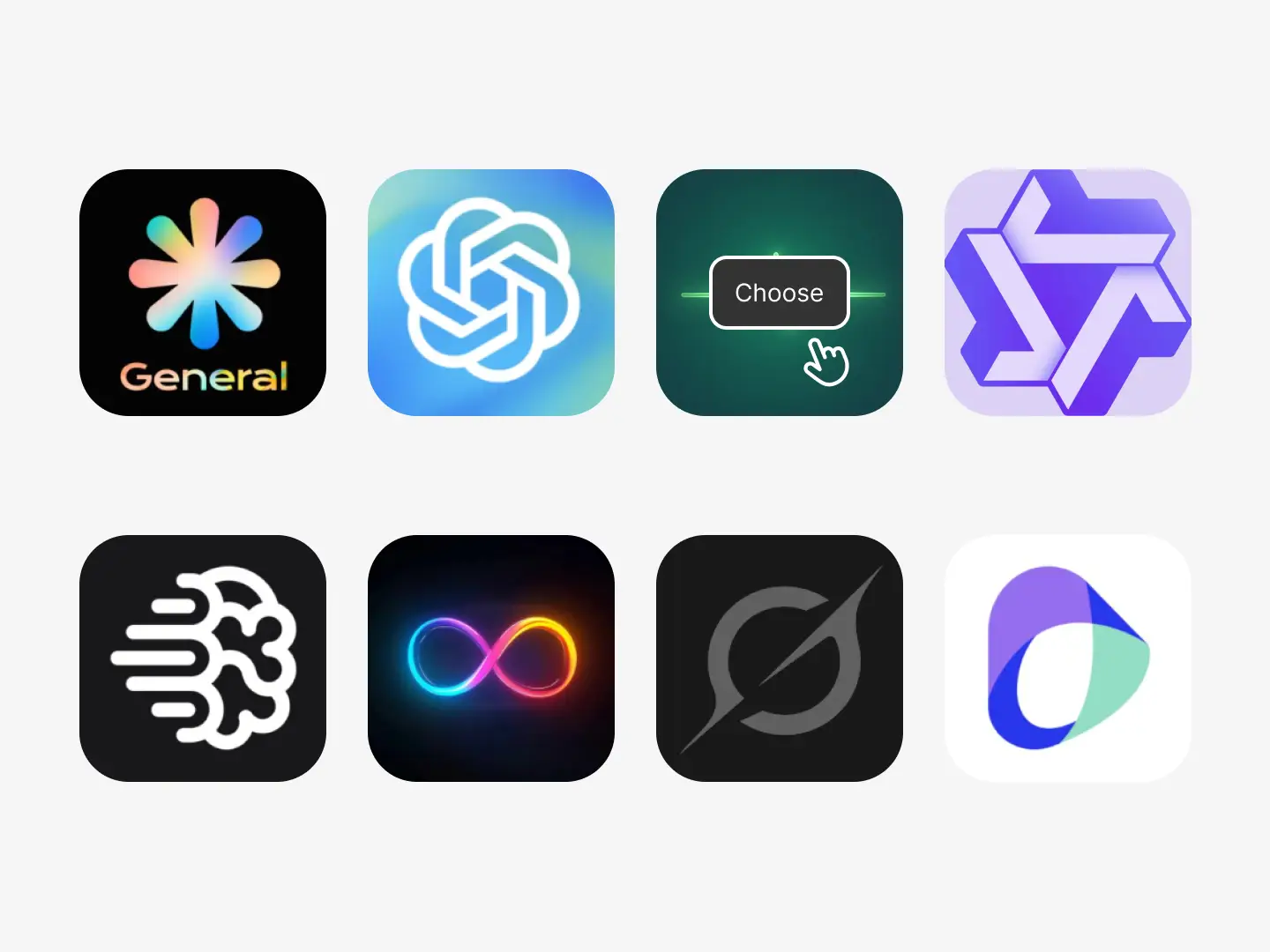
Select Flux LoRA
Choose Flux LoRA from the styles list as your model. It also supports selecting the aspect radio based on you needs.
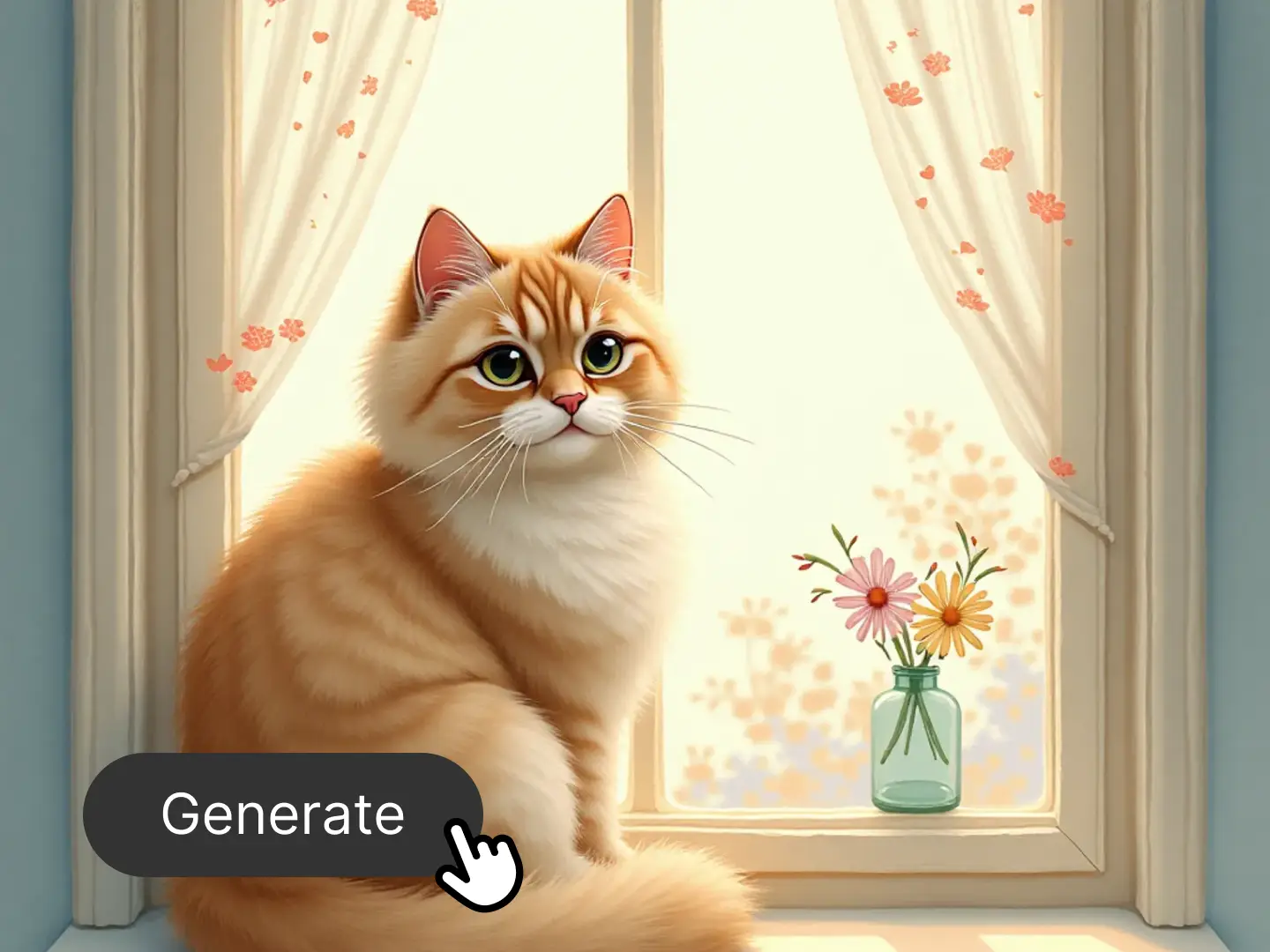
Generate and Export
Click Generate and receive your image in seconds, featuring expressive motion and vivid details. Choose the desired image and click Download to export it.
Watch How to Use Flux Lora in Dzine
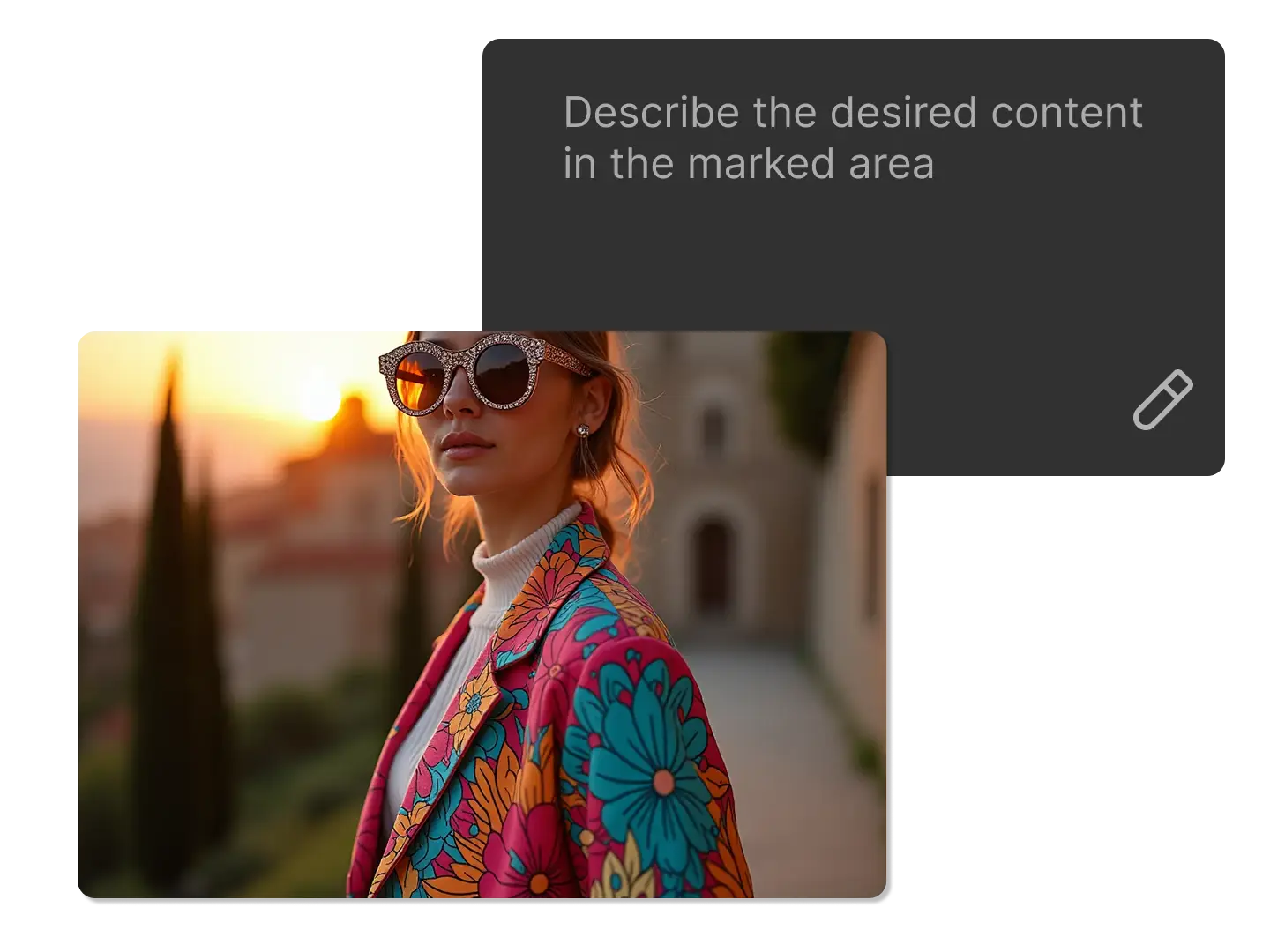
Tailor Unique Character
Learn the appearance, clothing, or expressions of a specific character for use in comics, illustrations, virtual idols, film and television posters, and more. Using the best LoRA AI image generator, you can teach your AI model to remember a specific character's appearance and reproduce that character in different scenes, clothing, and expressions.
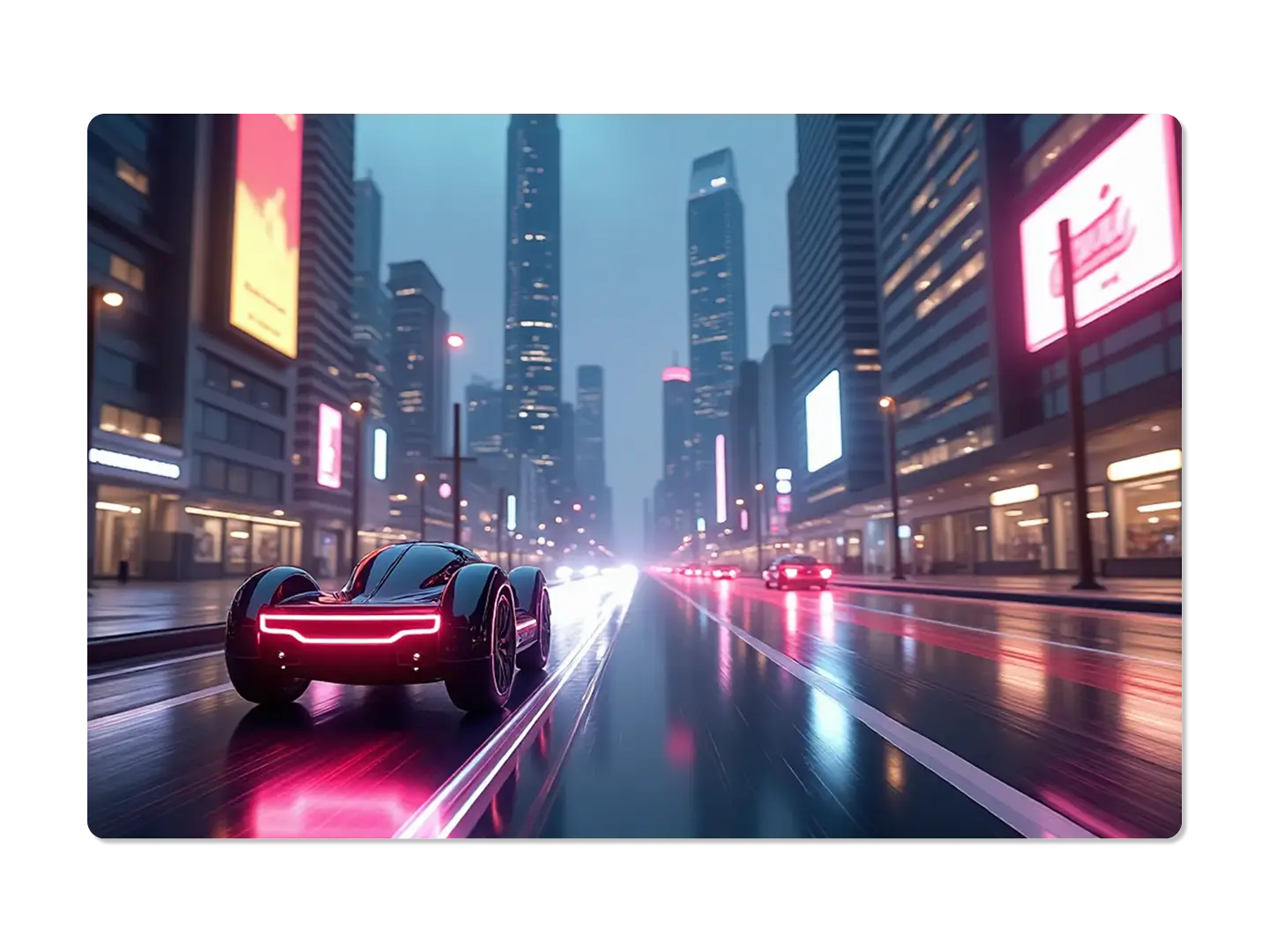
Unify Overall Style
Master a specific style such as watercolor, oil painting, cyberpunk, Japanese anime for consistent creation. Unify the styles of NPCs, environment, equipment, and other elements to create a consistent worldview and enable batch generation.
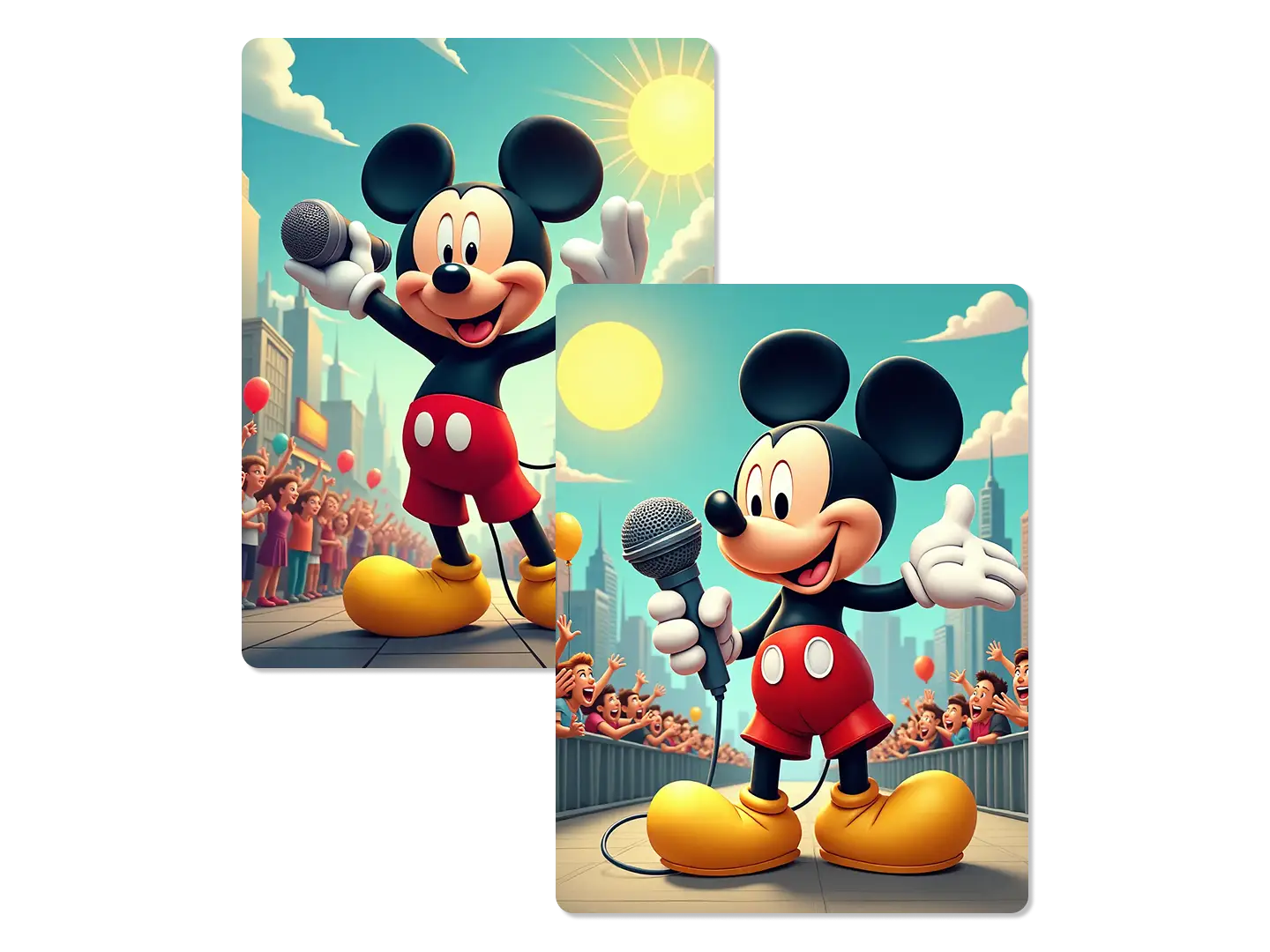
Low-Resource Customization
Even with a small dataset, the LoRA dev AI model can learn specific characteristics, such as niche art styles or specific background settings. Fine-tune the model to ensure the generated images meet brand color, font, and composition standards, making them suitable for advertising, packaging, and social media assets.
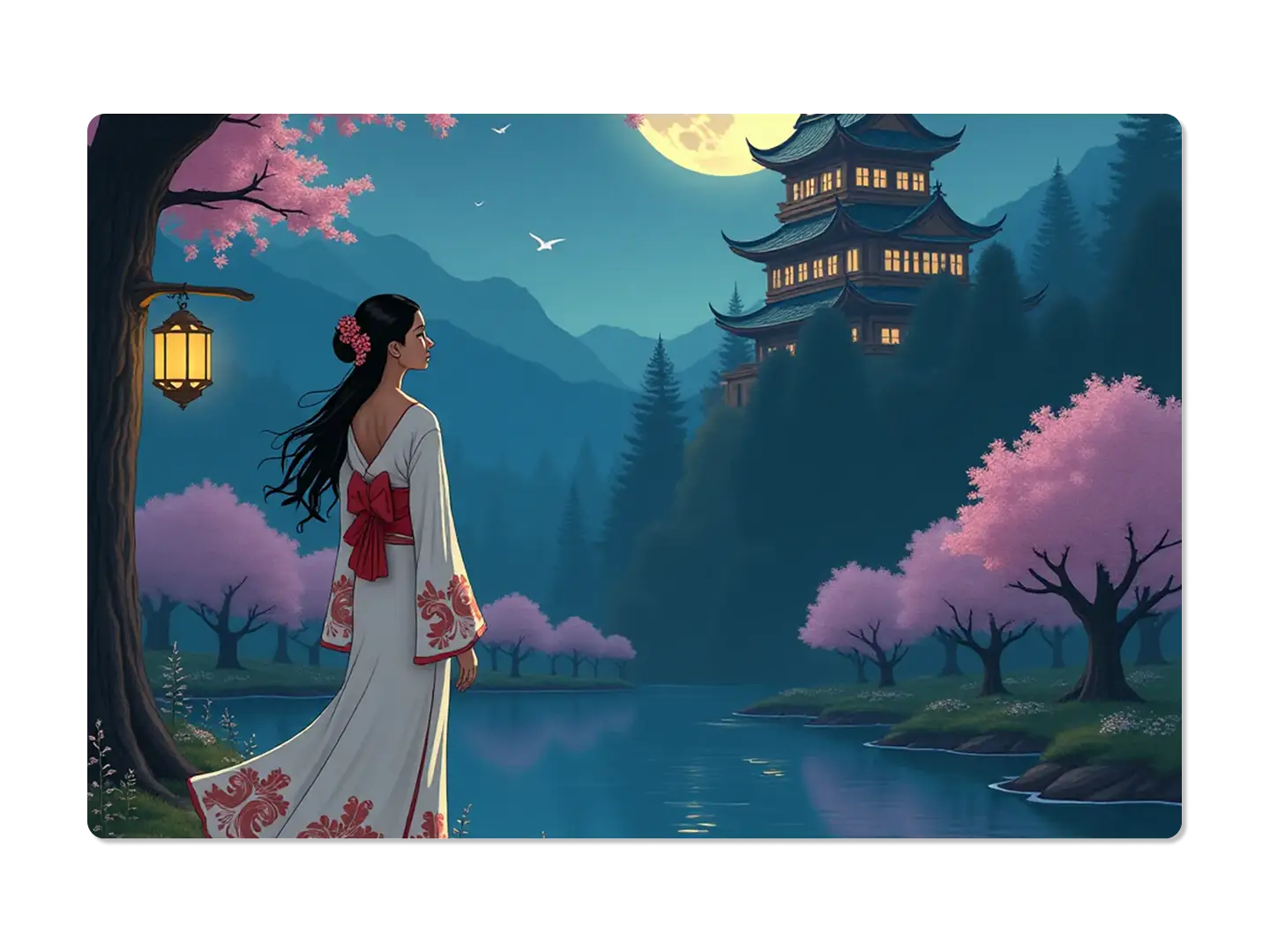
Multi-LoRA Combination Innovation
Combine different LoRA models to create complex effects like style + character, scene + branding, and more. Load “Hayao Miyazaki Style LoRA” and “Specific Celebrity Portrait LoRA” together to generate an illustration of a celebrity appearing in the world of Ghibli animation. Combine "Cyberpunk Night Scene LoRA" and "Nike Sneakers LoRA" to generate a promotional image with Nike shoes.
FAQ
What is Flux LoRA?
FLUX uses LoRA (Low Rank Adaptation) technology, a lightweight tuning solution for large language models. This technology allows pre-trained models to quickly adapt to new tasks or styles by introducing only a small number of trainable parameters, significantly reducing the computational resources required for model fine-tuning.
Does Flux work with LoRA?
Yes. Flux models in ComfyUI are compatible with LoRA technology. By integrating LoRAs, you can fine-tune and personalize Flux model outputs, enabling specialized adaptations like distinct artistic styles or custom facial features. This approach expands the model's capabilities beyond its original training scope, unlocking new creative possibilities.
How to use Flux Lora?
- Open the Dzine image generator and describe the art scene you want to generate by inputting the text.
- Choose Flux Lora as the model and click Generate.
- Click Download to export the generated image.
How to train Flux Lora?
To train Flux LoRA, you need to do the following things:
- First, prepare your dataset and set up a training environment using tools.
- Then, configure the training parameters and select Flux LoRA as the basic model.
- Next, choose a training method - style training or fine-tuning.
- Finally, start the training process.
How many images do I need to train Flux LoRA?
If there's not enough repetition, themes or styles won't become popular. If you overtrain, you'll run out of steam. Our rule of thumb back in the SDXL days was 100 steps per image. This means a dataset of 20 images should be trained for a total of 2000 steps.
Is Flux Lora free to use?
Dzine offers a 7-day free trial that allows users to explore the full feature set of Flux Lora with no limitations or payments required. For permanent use, Dzine provides three plans – beginner, creator, and master.
What Our Users Said
A Game-Changer for Fine-Tuned Models
Using Flux LoRA through Dzine allowed us to adapt models quickly without full retraining. The efficiency and precision in task-specific adjustments are unmatched.
Liam ChenAI Research Lead
Perfect for Lightweight Adaptations
Flux LoRA on Dzine is my go-to for quick iterations. It delivers strong performance with minimal overhead, making it ideal for prototyping.
Elena RodriguezML Engineer
Maintains Core Model Quality
What impresses me most is how Flux LoRA preserves base model capabilities while adding specialized behavior. Dzine’s integration makes deployment seamless.
Jordan PatelProduct Manager




